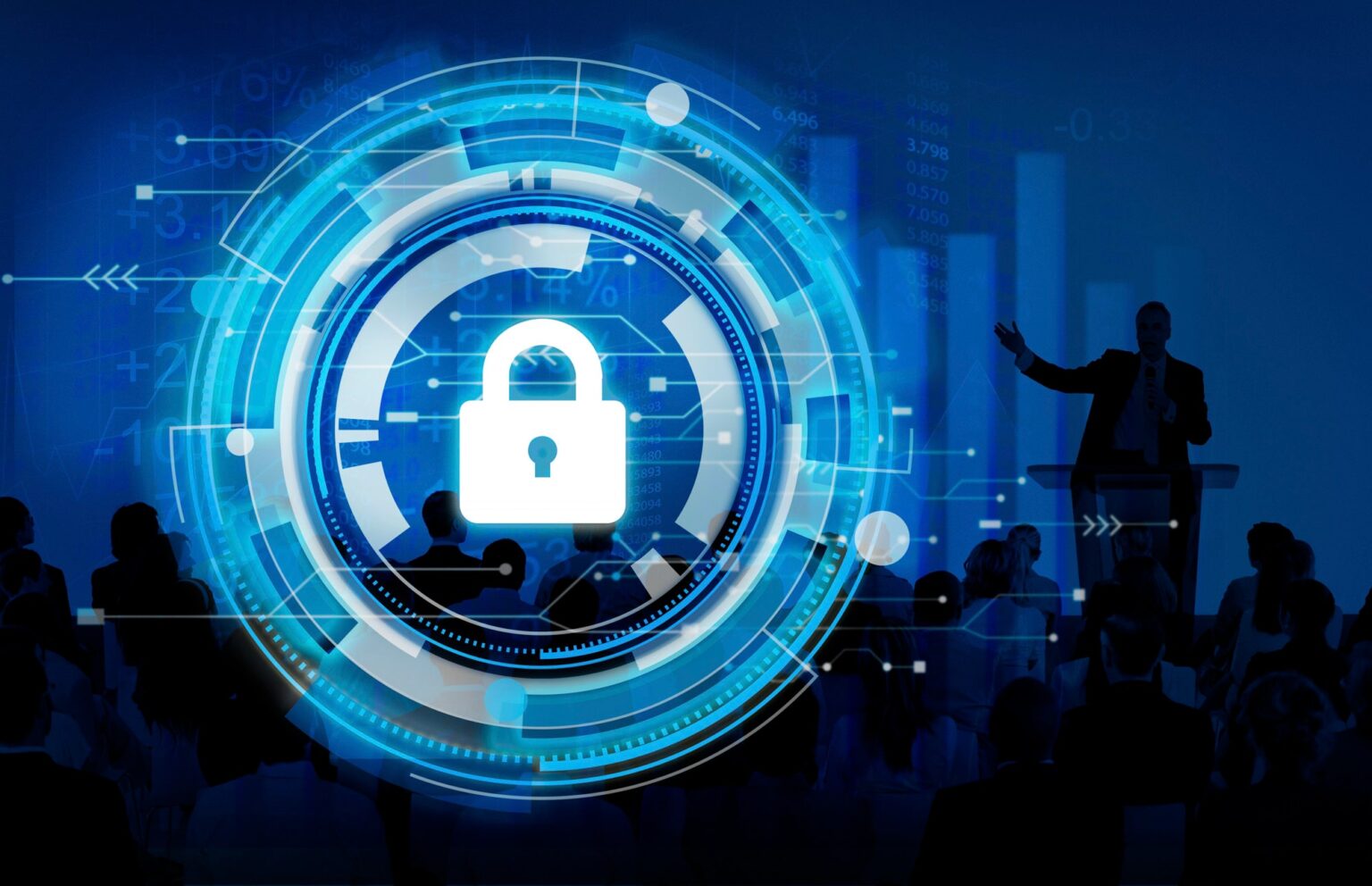As you are aware, digitalization is spreading rapidly across the globe, making cybersecurity the paramount concern for all small and large size businesses. With the growing dependence on modern technology and interconnected systems has created a ideal environment for cyber threats and attacks. Securing sensitive data, maintaining the integrity of customers, and ensuring the smooth transition of business operations which is a crucial aspect for success. In this comprehensive guide we delve into the essential aspects of cybersecurity for businesses, providing actionable insights to strengthen your digital defence.
Understanding Cybersecurity
Cybersecurity encompasses the practices, technologies, and measures designed to protect digital systems, networks, and data from unauthorized access, attacks, and damage. For businesses, cybersecurity is not a luxury but a necessity to safeguard their operations, reputation, and clients’ trust.
Common Cyber Threats
Understanding the landscape of cyber threats is the first step in building a strong defense. Common threats include:
● Malware : Malicious software such as viruses, ransomware, and spyware can infiltrate systems, corrupt data, and hold it hostage until a ransom is paid.
● Phishing : Cybercriminals use deceptive emails or messages to trick employees into divulging sensitive information or clicking on malicious links.
● Data Breaches : Unauthorized access to sensitive data can result in financial loss, legal issues, and damage to reputation.
● Denial of Service (DoS) Attacks : Attackers overwhelm a network or website with traffic, causing it to become inaccessible.
● Insider Threats : Employees or contractors with access to internal systems can intentionally or unintentionally compromise security.
Building A Robust Cybersecurity Strategy
● Risk Assessment : Identify potential vulnerabilities and assess the potential impact of cyber threats on your business. This helps in prioritizing security measures.
● Access Control : Implement strong access controls, limiting user access to only the resources necessary for their roles. This reduces the attack surface.
● Regular Updates and Patching : Keep all software, operating systems, and applications up to date with the latest security patches to address known vulnerabilities.
● Employee Training : Educate employees about cybersecurity best practices, including recognizing phishing attempts, using strong passwords, and reporting suspicious activities.
● Encryption and Firewalls : Use firewalls to monitor and manage both incoming and outgoing network traffic. Encryption should be used to protect sensitive data both in transit and at rest.
● Backup and Recovery : Regularly back up critical data and test the restoration process to ensure that you can recover in case of data loss or ransomware attacks.
● Incident Response Plan : Develop a clear plan of action to follow in case of a cyber attack. This minimizes confusion and helps contain the damage.
● Vendor Security : If your business relies on third-party vendors or partners, ensure their cybersecurity measures align with your standards to prevent indirect breaches.
● Mobile Device Security : Implement security measures for mobile devices used by employees, as they can be entry points for cyber threats.
● Regular Audits : Conduct cybersecurity audits to identify weaknesses and areas for improvement in your security strategy.
The Role of Leadership
Leadership plays a crucial role in fostering a cybersecurity-conscious culture within the organization:
Support and Resources : Allocate resources for cybersecurity initiatives and ensure that the IT team has the tools they need.
Lead by Example : When leaders prioritize cybersecurity, employees are more likely to follow suit.
Continuous Learning : Stay updated about the latest trends and threats in the cybersecurity landscape.
Clear Communication : Ensure that employees understand the importance of cybersecurity and their role in maintaining it.
Wrapping Up
Wrapping up the article, In a world where cyber issues are constantly arising, small and large businesses must stay active in protecting their digital assets. A powerful cybersecurity strategy involves a combination of technology, education, and a commitment to ongoing improvement. By implementing the best practices highlighted in this guide and cultivating a culture of cybersecurity, businesses can
lower risks, safeguard their confidential business operations, and maintain the trust of their customers. Do remember, cybersecurity is not just an IT error it’s a business necessity

